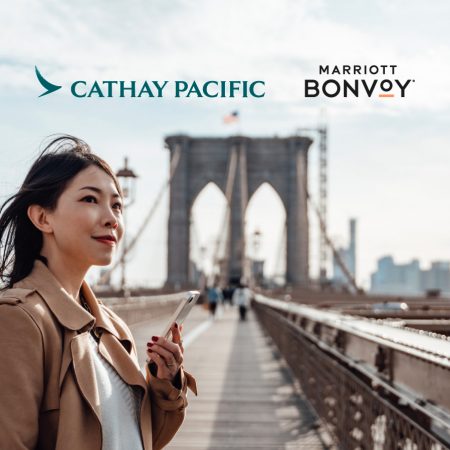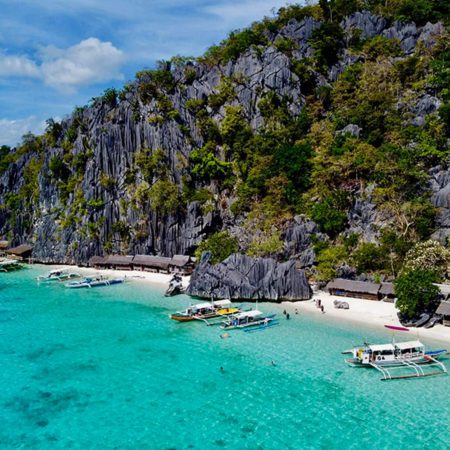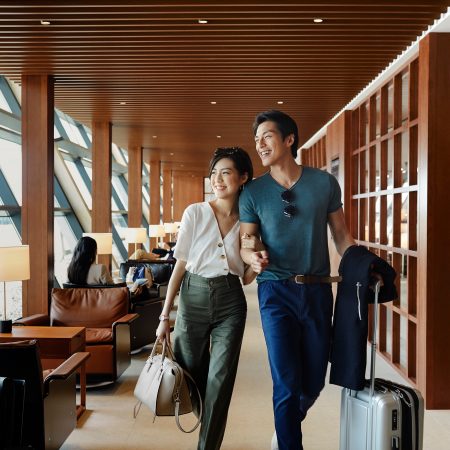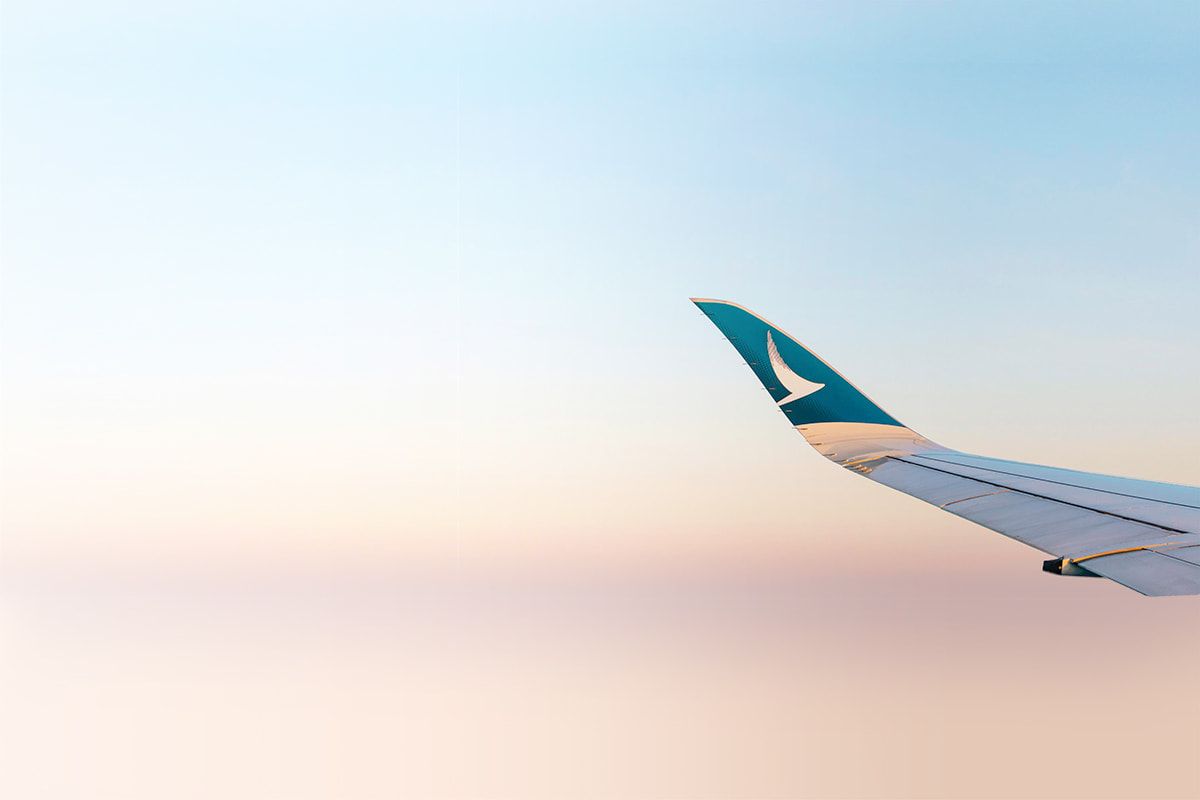7 must-visit neighbourhoods in Beijing

With a history dating back 3,000 millennia, Beijing is packed with historical and cultural gems.
Its modern attractions are just as appealing, from cutting edge art centres to cosmopolitan entertainment hubs.
The sprawling capital of 22 million people would be impossible to fully explore in one trip. Here are seven neighbourhoods in Beijing which zoom in a little closer than the standard designations of Dongcheng, Xicheng or Chaoyang, and offer a concentrated flavour of the city’s varied delights.
Read on for historical districts, arty enclaves, great shopping, nightlife hotspots and leafy parks.

Credit: 123RF
The Forbidden City
The heart of Chinese history
The area surrounding The Forbidden City (now officially The Palace Museum) contains some of Beijing’s most famous sites. As well it might: it’s sat at the very centre of the nation for some 600 years. Just outside the gates of the one-time palace, witness the grandeur of Tiananmen Square, flanked with Soviet-style edifices; then pray for a good harvest as emperors did before you at the Temple of Heaven. Other notable attractions include the 23-hectare Jingshan Park, Chairman Mao’s mausoleum, and the National Museum of China .
There’s ample opportunity to sample the best of Beijing’s eats – head to institutions such as Quanjude (30 Qianmen Street), which has been serving up the city’s most famous roast duck dish since 1864, or try Yitiaolong restaurant opposite (27 Qianmen Street) whose mutton specialities have been served to emperors. Feeling adventurous? Dive into the fantastic foodie show at Wangfujing snack street – notorious for its quirky offerings like barbecued scorpion and flame-grilled starfish. Wangfujing proper is the most famous pedestrian shopping street in the city, full of upscale malls and boutiques.

Credit: Dreamtimes
Gulou
Hipster hangout with historic charm
Home to lakes, quiet streets and historic landmarks, Gulou is one of the most charming neighbourhoods in Beijing. The old alleyways – hutongs – are some of the best-preserved and most extensive in the capital. Nanluoguxiang is one of the more popular and renovated tourist areas, with cool independent stores comprising everything from cute gift boutiques to bubble tea outlets. Also check out the quieter Wudaoying hutong – a snapshot of hipster heaven, with cute cafes, clothing and craft boutiques. You’ll find plenty of great eats, from beef dumplings to Lijiang-style hotpot, and might even spot Tibetan monks wandering to and from the nearby Buddhist Lama Temple.
Historic points of interest in the area include the Drum and Bell Towers , first built in the 13th century, and the Confucius Temple – the second-largest of its kind in China. Or dive into an art history lesson at the National Art Museum of China , with six floors housing everything from ancient classics to contemporary and international exhibits.
Sanlitun
Retail and entertainment hub with an emerging art scene
Bustling Sanlitun is packed with dining and shopping options, while modern architecture and a slew of contemporary galleries show off the Beijing neighbourhood’s artistic ambitions. Resembling giant glass hutongs, the open-air Taikoo Li Sanlitun shopping village stretches across two sites – you’ll find high-fashion labels in the North and youthful hip brands in the South, plus emerging artistic talent at spaces such as C5 Gallery , quirky sculptures dotted about the places, and Sanlitun’s art-led boutique hotel The Opposite House , whose striking glass cube exterior is a masterpiece in itself.
Over in Sanlitun SOHO, soaring glass towers house five shopping malls and hip venues for wining and dining, plus landscaped spaces for joggers and skaters. Or head to Nali Patio, built in the style of a Spanish hacienda: this multi-storey venue is brimming with popular restaurants and bars alongside retail and massage places. When the sun goes down, Sanlitun becomes one of the best neighbourhoods in Beijing for nightlife. Rock up to Bar Street, go bar and club-hopping, then polish off a chuan’r barbecued meat skewer or three from the late-night food stalls.

Credit: Shutterstock
Chaoyang Park
Family-friendly suburbia with the city’s largest green space
Among neighbourhoods in Beijing, this affluent residential area attracts an international community, with plenty of Western-style bars and restaurants peppered about. But the crowning glory of this district is its namesake: Chaoyang Park. At almost 290 hectares – just a little smaller than New York’s Central Park – it has plenty to fuel a day out. Wander around the landscaped flower gardens, soaking up the endless people-watching opportunities of morning tai chi practitioners and dance performers, or ramp up the adrenaline with rollercoasters at the fairground, take a dip in one of several large swimming pools, or rent a boat to explore the waterways.
Events are hosted throughout the year, from music festivals to sporting competitions – most famously, the 2008 Summer Olympics Beach Volleyball tournaments. Other Olympic legacies you can visit in Chaoyang include the Bird’s Nest (National Stadium) and the Water Cube (National Aquatics Center) – now a water park, and the venue for the Curling events in the upcoming 2022 Winter Olympics.

Credit: Shutterstock
798 Art District
Former factory rejuvenated into a cultural hub
An old military factory packed with Bauhaus-style warehouses seems like an unlikely breeding ground for art and culture – but when the Dashanzi complex was abandoned in the ’90s, it attracted Beijing’s contemporary art community. Today, 798 Art District is one of the largest and most influential art districts in China, with almost 200 galleries, art centres and studios, plus a busy programme of international and Chinese exhibitions. This creative spirit has transformed the area – historic architecture and machinery is juxtaposed with sculptures and graffiti walls, cool loft spaces, and artsy cafes to relax and soak up the inspiration.
Head to the 798 Art Factory to check out artwork alongside touches of history – including old political slogans still visible on the factory walls – or catch cutting-edge exhibitions in sculpture, oil painting and performance art at galleries like Beijing Tokyo Art Projects (BTAP) .

Guomao
The heart of the CBD with luxury shopping and hotels
There’s no lack of suited professionals and shiny skyscrapers in the central business district, from the angular CCTV Tower to China Zun (CITIC Tower) – the tallest building in the city at 528 metres. And where Fortune 500 companies go, luxury accommodation follows. Guomao is home to a decadent choice of five-star hotels, including the Rosewood and Park Hyatt , each offering perks such as fine-dining and blissful spa retreats.
If you’re in the market for high-end brands and designer goods, you’ll find plenty at the China World Mall . Spanning three floors, the upscale mall also caters to regular shoppers, too, with food courts, midrange brands and Beijing’s first Starbucks. Or check out The Place mall, whose massive overhead canopy features Asia’s largest LED screen and an ever-animated art show flashing by overhead.
But it’s not all about consumerism. The Today Art Museum is China’s first privately owned, non-profit museum, dedicated to contemporary Chinese art and housed in a striking half-industrial, half-modern building. Meanwhile, Ritan Park may be overlooked by skyscrapers, but it offers a slice of calm just minutes from the CBD – and a rock-climbing wall for those looking to test their strength.

Credit: Shutterstock
Xidan
Slow down and step back in time
Xidan, to the west of the Forbidden City, has held on to its history better than many neighbourhoods in Beijing. Stroll around Beihai Park , also known as the Winter Palace, to take in the ornate pavilions and landscaping of this near-millennium-old imperial garden. In the summer, rent paddle boats to explore large lake which surrounds Jade Flower Island at the park’s centre.
For another window into the city’s past, take a wander down the Lingjing hutong, the broadest alley in Beijing; then browse curios being peddled on Liulichang Street from calligraphy sets to ancient scrolls (or discover more bona fide artefacts at the Beijing Capital Museum ); and visit the ancient Miaoying Temple. Its lofty white dagoba pagoda is said to be China’s tallest – and was built at the behest of Kublai Khan.
More inspiration
Beijing travel information
- China – the Chinese Mainland, Hong Kong SAR, Macao SAR and Taiwan Region
- Hong Kong SAR - English
- Chinese Mainland (China) - English
- Taiwan China - English
- 香港特別行政區 - 繁體中文
- 中国內地 - 简体中文
- 中國台灣 - 繁體中文
- Africa
- South Africa - English
- Asia
- Bangladesh - English
- Korea - English
- Singapore - English
- Cambodia - English
- 한국 - 한국어
- Sri Lanka - English
- India - English
- Malaysia - English
- Thailand - English
- Indonesia - English
- Maldives - English
- ประเทศไทย - ภาษาไทย
- Indonesia - Bahasa Indonesia
- Myanmar - English
- Vietnam - English
- Japan - English
- Nepal - English
- Việt Nam - tiếng Việt
- 日本 - 日本語
- Philippines - English
- Australasia
- Australia - English
- New Zealand - English





.renditionimage.450.450.jpg)

